Why Market Capitalization Should Guide Stock Your Picks
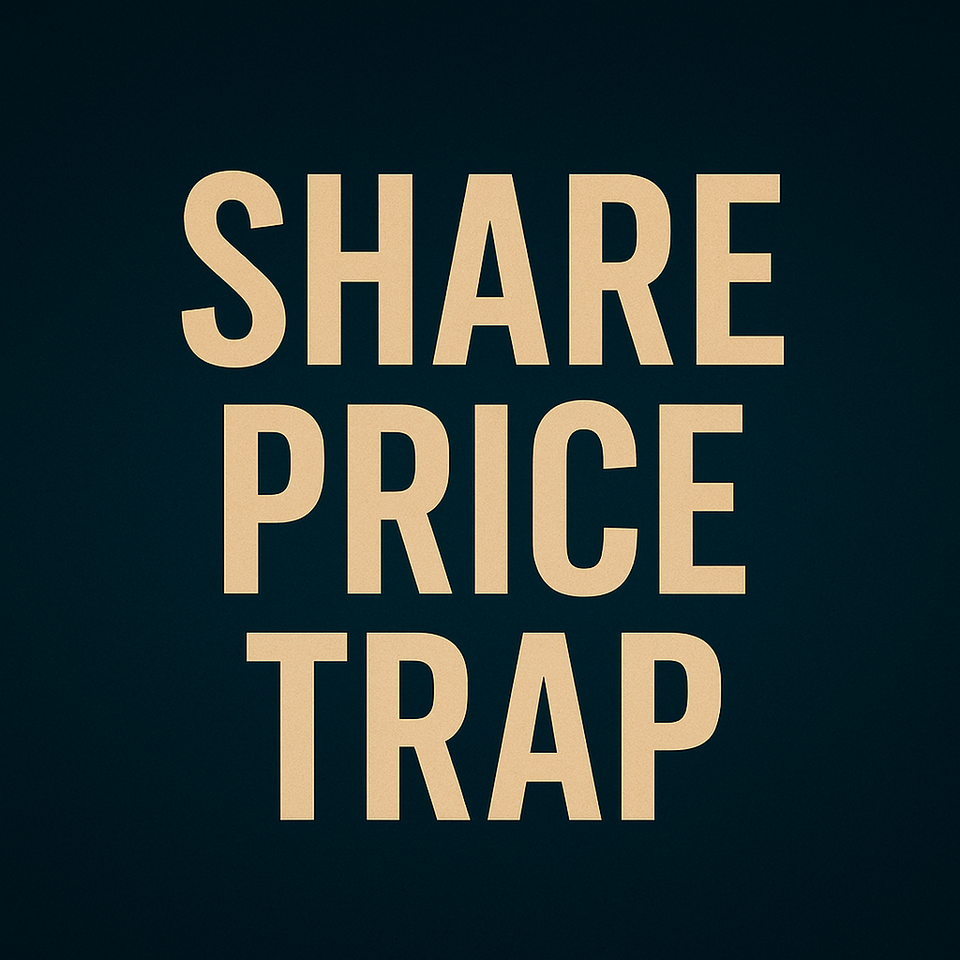
You see a stock trading at $5 and think you're getting a bargain. Meanwhile, your friend brags about buying Amazon at $180 and calls you crazy for not jumping in. Here's the problem: you're both looking at the wrong number.
Share price is meaningless. A $5 stock isn't cheap and a $180 stock isn't expensive. What matters is market capitalization—and most investors completely ignore it.
Market cap tells you what the entire company is worth. It's the only number that matters when you're trying to figure out if you're buying a massive, stable giant or a tiny company that could disappear tomorrow.
Why Share Price Is a Trap
When you see a $10 stock, your brain thinks "affordable." When you see a $300 stock, you think "expensive." This is exactly how people end up buying garbage.
I know someone who bought 1,000 shares of a $2 penny stock because he thought he was getting a deal. That company had 5 billion shares outstanding, making it worth $10 billion total. He wasn't buying cheap—he was buying overpriced junk that eventually went to zero.
Meanwhile, Berkshire Hathaway trades at over $400,000 per share. Is it expensive? Not necessarily. The company's market cap reflects its actual value, not some arbitrary price per share.
Here's what this looks like in practice: Company A trades at $5 with 10 billion shares outstanding. Company B trades at $100 with 10 million shares outstanding. Company A is worth $50 billion. Company B is worth $1 billion. The "cheap" $5 stock is actually 50 times bigger than the "expensive" $100 stock.
The Three Categories That Actually Matter
Stop thinking about share prices and start thinking about company size:
Large-cap companies (over $10 billion): These are the boring giants. Apple, Microsoft, Google. They're not going to triple overnight, but they're also not going to disappear. They pay dividends, buy back shares, and generally act like mature businesses.
Mid-cap companies ($2-10 billion): The middle ground. Still established enough to survive rough patches, but small enough to grow meaningfully. These can be the sweet spot for patient investors.
Small-cap companies ($300 million - $2 billion): The wild cards. They can explode higher or implode completely. If you buy small caps, expect volatility and size your positions accordingly.
Most people have no idea which category their stocks fall into. They just see a price and decide whether it "feels" expensive.
Size Determines Everything
Large companies move like cruise ships—slowly and predictably. Small companies move like speedboats—fast and unpredictably.
If you're counting on steady returns and sleep-friendly investing, you want large caps. If you're young with time to recover from losses, small caps might make sense as a small portion of your portfolio.
But here's what drives me crazy: people load up on small caps thinking they're being conservative because the share price is low. That's backwards. A $3 stock from a tiny biotech company is infinitely riskier than a $300 stock from Microsoft.
As I covered in my post about building a simple portfolio, most people need more large caps and fewer lottery tickets. If you're new to understanding company fundamentals, check out my guide on reading financial statements before you buy anything.
The Real Risk Is What You Don't Know
Market cap won't tell you if a company is profitable or well-managed. But it will tell you what you're dealing with in terms of size and stability.
A $500 million company can get wiped out by one bad product launch, regulatory change, or economic downturn. A $500 billion company has dozens of business lines and can weather most storms.
That doesn't make large caps automatically better investments—just different ones with different risk profiles.
How to Actually Use This Information
Stop browsing stocks by share price. Start with market cap categories based on what you actually need:
Want stability? Focus on large caps with long track records and predictable businesses.
Want growth? Look at mid caps in expanding industries with strong competitive positions.
Want to gamble? Fine, but keep small caps to less than 10% of your portfolio and expect to lose money on most of them.
The key is knowing what you own and why you own it. Most people have no idea they're betting the farm on tiny companies just because the share price looked reasonable.
Your Reality Check
Right now, go look at your portfolio. For every stock you own, check its market cap. You might discover you're taking way more risk than you thought—or way less growth potential than you hoped.
If you own mostly small caps and you're wondering why your portfolio bounces around like a pinball, now you know. If you own mostly large caps and you're frustrated by slow growth, that's your answer too.
Today, look up the market cap of one stock you own instead of obsessing over its daily price movements. See which category it falls into and ask yourself if that matches your risk tolerance and timeline.
Understanding market cap won't make you rich overnight, but it will stop you from making expensive mistakes based on meaningless share prices.
Want more straightforward investing insights like this? Subscribe to get practical investment strategies delivered to your inbox—no Wall Street BS, just actionable advice for DIY investors.

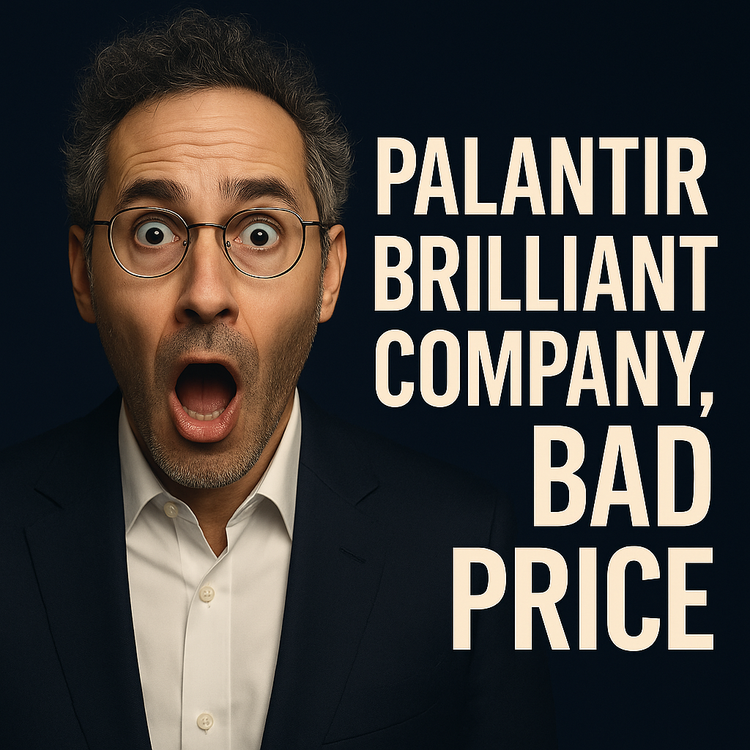
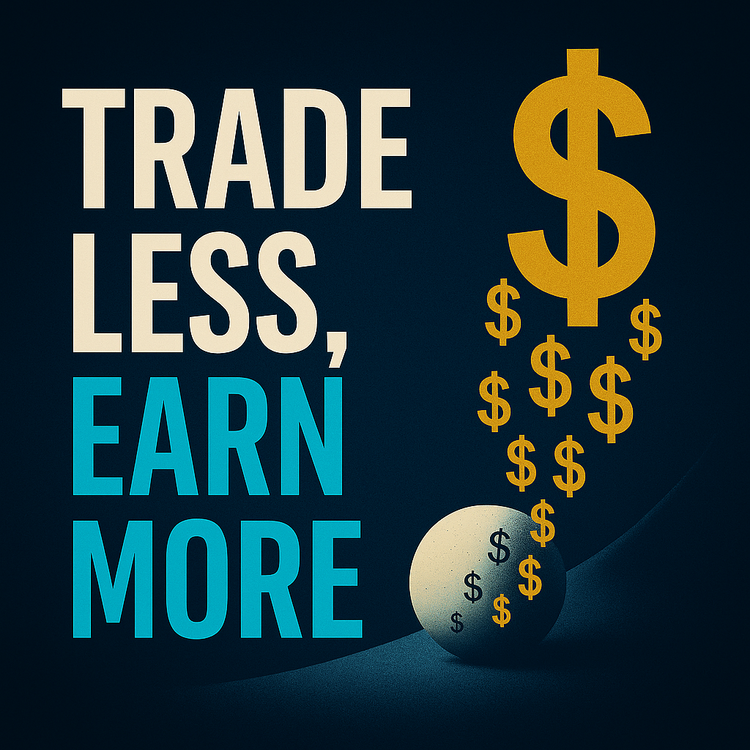
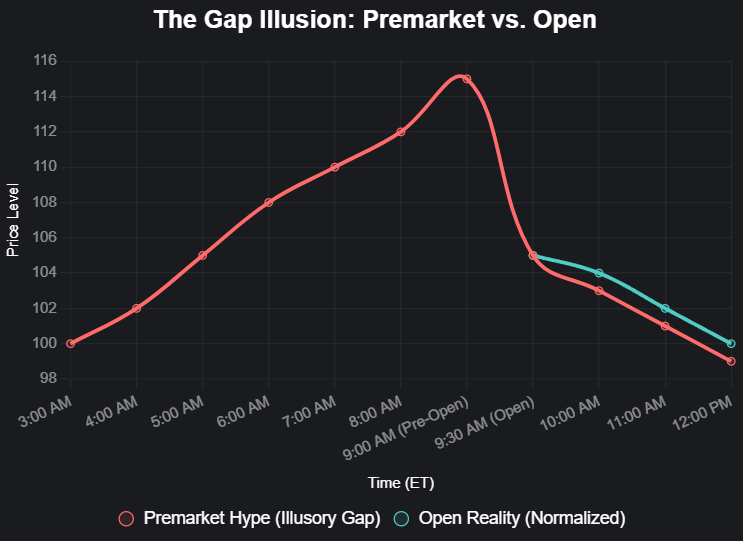

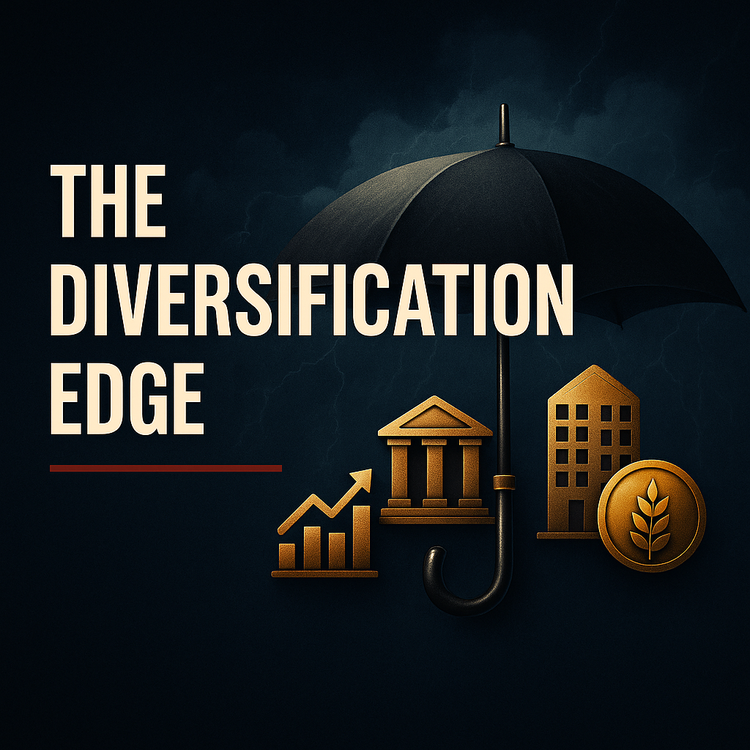
Member discussion